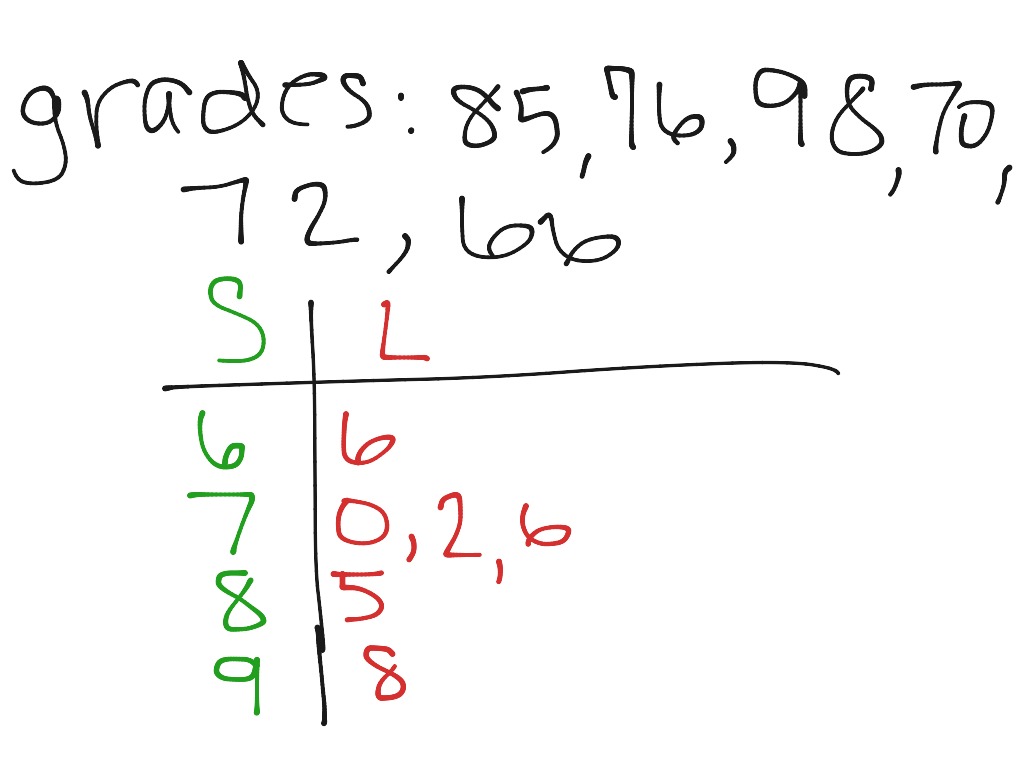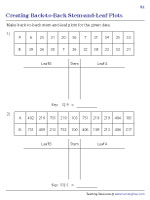
To convert a fraction to a decimal, simply divide the top by the bottom:Ī) The modal score for Spanish is the most frequently occurring score for Spanish. This fraction is the probability of the team winning the next game, but we are asked to give the answer as a decimal. Therefore the probability of winning the next game can be expressed as the following fraction: Since the team always wins when Jamal scores over 25 points (and loses when he doesn’t), then the team wins 7 times out of 17. Jamal has scored more than 25 points on 7 out of 17 occasions. To convert a fraction to a percentage, divide the top by the bottom and multiply by 100:ĭ) First of all, we need to work the number of matches in which Jamal has scored over 25 points. The question wants us to give the answer as a percentage rather than as a fraction. This can be expressed as the following fraction: Therefore he has scored 10 points or less in 4 out of the 17 matches, which can be expressed as the following fraction:Ĭ) In the 17 matches that Jamal plays, he scores between 20 and 35 points on 5 occasions. In these matches, he has scored 10 points or less on 4 occasions (don’t forget to include the value 10). If you have counted correctly, then the 9th has a stem of ‘ 1’ and a leaf of ‘ 9‘, meaning that the median number of points scored is 19.ī) Jamal has played in 17 matches in total. Count the values in the leaf sections row by row until you reach the 9th value (so in the ‘ 0’ stem, 2 is value 1, 4 is value 2, 7 is value 3 and in the ‘ 1’ stem, 0 is value 4 etc.).

The median comes from the 9th value (do not make the mistake of thinking that the median is 9 points). Since there are 17 values in total, n = 17, so: By counting the number of digits in the leaf section, we can see that there are 24 calves in total. A value of 1 in the ‘ 12’ stem represents a weight of 121 pounds.Ĭ) The mean weight of the calves is the total weight divided by the total number of calves. In the ‘ 12’ stem, we can see that there are 3 values of 1, more than any other in the stem and leaf diagram. Therefore the range of the calves’ weights isī) The modal weight is the most frequently occurring weight. The lightest calf will be the calf with the lowest value in the ‘ 9’ stem, so the weight of the lightest calf is 93 pounds. There is only one calf in this stem and its leaf is 3, so the weight of the heaviest calf is 143 pounds. The heaviest calf will be in the ‘ 14’ stem. Your completed stem and leaf diagram should look like the below:Ī) The range is the difference between the weight of the heaviest calf and the weight of the lightest calf. Then repeat this process values beginning with 2, then with values beginning with 3 etc. To complete the stem and leaf diagram itself, first of all look at all the values that start with 1 ( 14 and 19), and enter their last digits in the leaf section of the 1 stem (so you would write ‘ 4‘ and ‘ 9‘ in the leaf section). To ensure that you don’t inadvertently omit any of the values, it would be a good idea to write them out in order (check that your list contains the same number of values as in the question, so in this example, check that you have 12 values):ġ4,\,\,19,\,\,22,\,\,24,\,\,29,\,\,32, \,35,\,\,35,\,\,36,\,\,38,\,\,41,\,\,47 (Any value can be chosen as an example for the key.) Since the lowest number begins with a ‘ 1‘ and the highest begins with a ‘ 4‘, our stem and leaf diagram, including the key, should look like the one below:

All of these values are 2-digit numbers, so the first digits will be in the ‘stem’ section, and the second digits will be in the ‘leaf’ section.


 0 kommentar(er)
0 kommentar(er)
